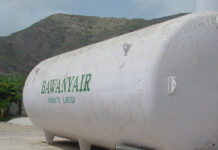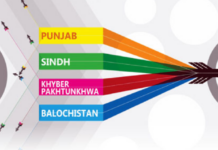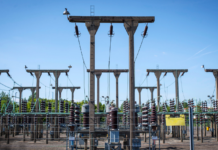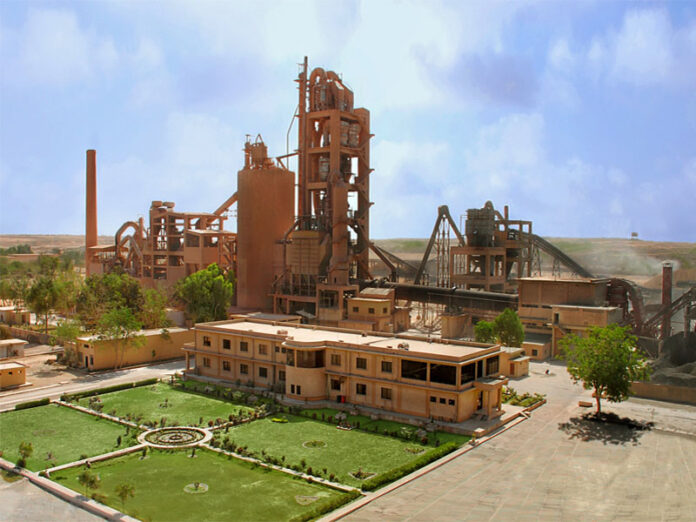The Makli district of Sindh symbolizes resistance and resilience. When Emperor Akbar attacked Thatta in the 16th century, the district saw the construction of Kalan Kot Fort by Mirza Jani Baig. Seeing an imminent defeat from the Mughal emperor, a fort was built on the outskirts of Thatta which was going to be a refuge for the people from the invading horde. Today the fort lies in ruins but is a testament to the fact that it was once able to stand against the more powerful armies and forces of the times.
A few kilometers away from these ruins, jutting out of the barren land, stands the factory of Thatta Cement which is mirroring this sentiment of resistance in the new age. The company has seen its fair share of hardships and tests in recent years but it has not only countered these challenges, but has come out stronger on the other side. Its latest year was the best it ever had in its short history and it seems that the next year might be better still. The performance becomes even more remarkable when the cement sector is compared to the performance of Thatta.
And the stock market is taking notice as well.
The recent rally in the stock market is not something seen in the past. The index was barely touching 50,000 points back in June of 2023 and has now surpassed the 100,000 mark with expectations that it will reach the 125,000 points threshold by June of 2025. While the index has seen an increase of almost 150%, there are many stocks that have seen their price increase in conjunction with the index. The positive impact of the rally spilling over into most of the stocks is a simple correlation effect that can be expected to take place. While this has happened, Thatta has seen its stock price increase as the company itself has gone through a remarkable turnaround. Coupled with the stock market rally and improvement in performance, Thatta Cement has seen its stock price increase from Rs 10 back in April of 2023 to Rs 220 in December of 2024. The content in this publication is expensive to produce. But unlike other journalistic outfits, business publications have to cover the very organizations that directly give them advertisements. Hence, this large source of revenue, which is the lifeblood of other media houses, is severely compromised on account of Profit’s no-compromise policy when it comes to our reporting. No wonder, Profit has lost multiple ad deals, worth tens of millions of rupees, due to stories that held big businesses to account. Hence, for our work to continue unfettered, it must be supported by discerning readers who know the value of quality business journalism, not just for the economy but for the society as a whole.To read the full article, subscribe and support independent business journalism in Pakistan
























